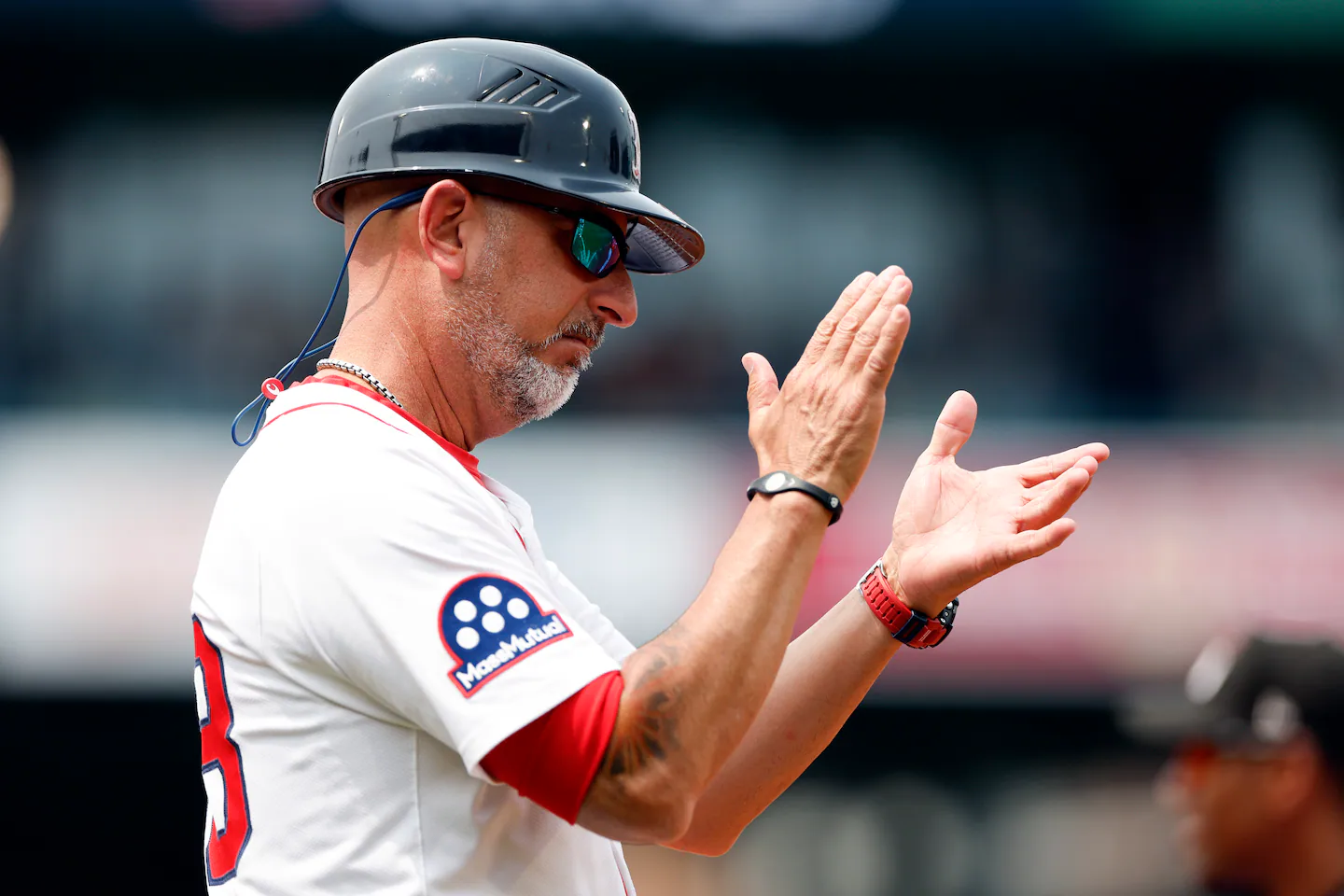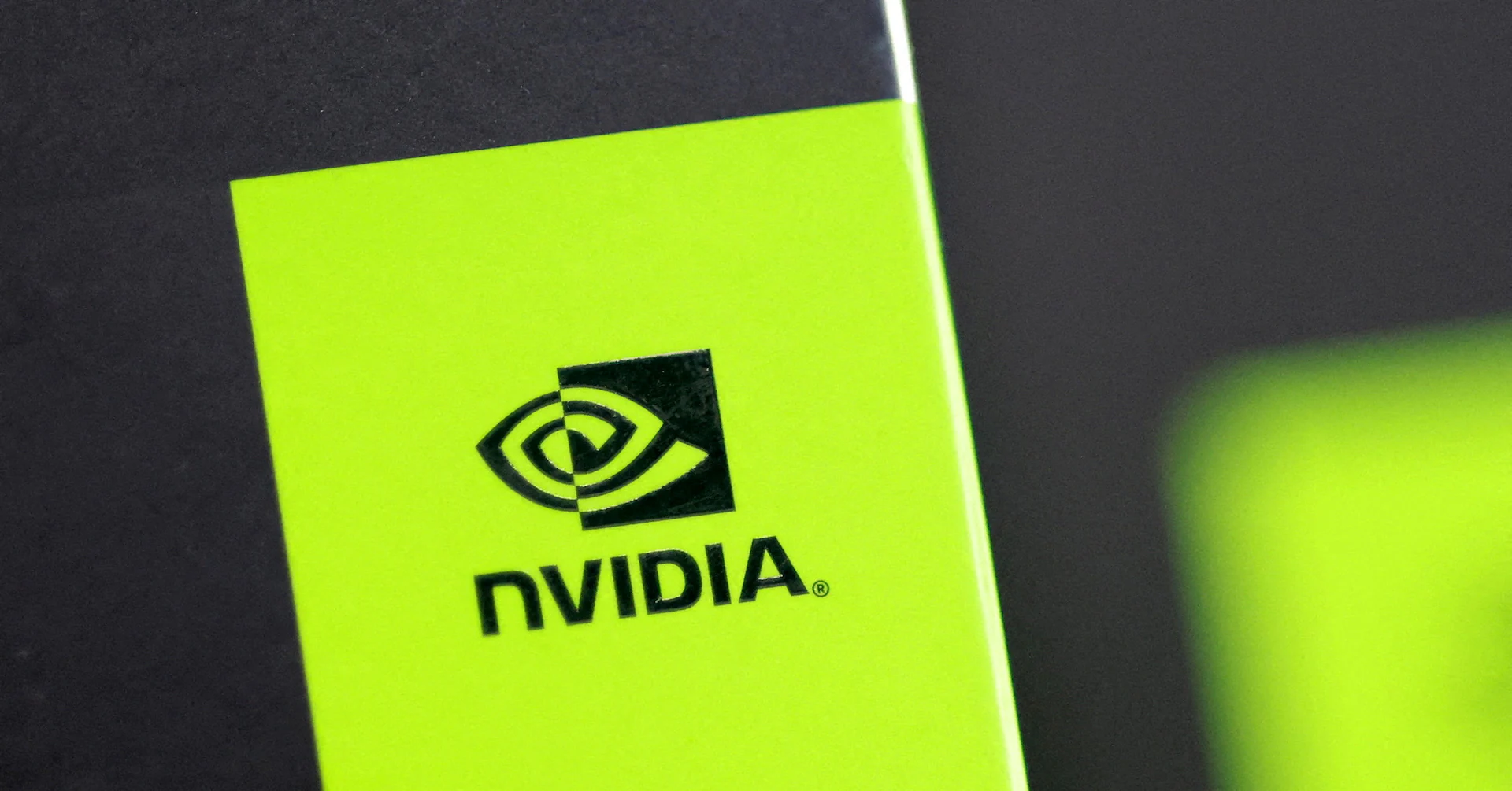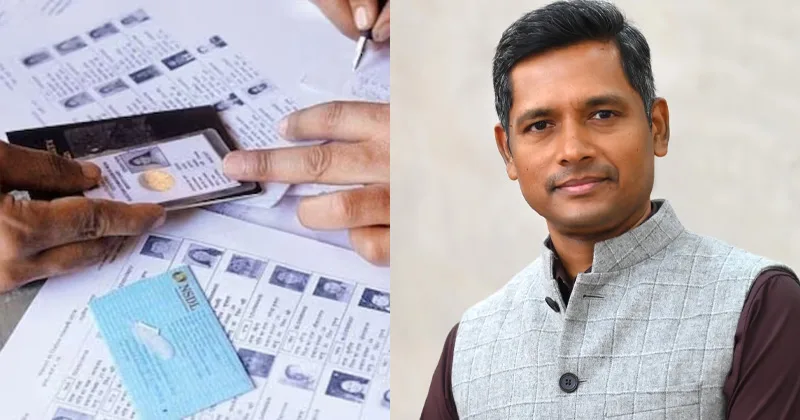
In 2018, Sox closer Craig Kimbrel was tipping his pitches, leaving him scrambling throughout the playoffs. Conversely, that same postseason, Joe Kelly — after nearly tipping his way off the playoff roster in September — made delivery adjustments so opponents no longer knew what was coming. Kelly dominated.
Virtually all teams seek tells from opposing pitchers and try to eliminate them from their own. But some excel at the practice — and opponents believe the 2025 Red Sox are among them.
“I think every team is doing it. Just, some teams are better at it than others,” said Tigers lefty Tarik Skubal. “It’s all within the [legal] parameters of the game. [The Red Sox] just happen to be rally good at it, and you know it.”
“They’re really good at relaying things and trying to find something,” said Blue Jays ace Kevin Gausman.
The ability of on-field, uniform personnel to see something that tips what kind of pitch is going to be thrown should not be confused with the technology-driven cheating of last decade.
The 2017 Astros — for whom current Sox manager Alex Cora was the bench coach and Alex Bregman was the third baseman — installed a center-field camera to identify opposing catchers’ sign sequences, then alerted hitters to what was coming by banging on a trash can behind their home dugout. MLB also identified the use of dugout phones from the video replay room by the Yankees in 2016, in-dugout smart watches by the Red Sox in 2017, and video replay room feeds by the 2018 Sox to either steal or relay catcher signs.
Those acts were illegal, punishable offenses by MLB. The league moved to eliminate high-tech sign stealing by introducing the PitchCom system in 2022, a two-way communication system allowing pitchers and catchers to call pitches without visible catcher signals.
Still, on-field personnel can use their eyes to identify tips. And in recent years, the practice has been enhanced.
With MLB’s Hawk-Eye system installed in every ballpark, games are covered for data tracking purposes by at least 12 video feeds. In turn, as part of their video advance scouting work, teams can scout pitchers from the angles where their players and coaches will be stationed — and identify how they might signal what they’re about to throw.
A batter in the box may recognizing a pitcher fanning his glove before a certain pitch type. A runner on second might see a grip in the pitcher’s glove (“I got another glove in here that is even bigger than that glove, so maybe I’ll switch to that,” Gausman said after facing the Sox last week) or a catcher’s location setup and relay it to the hitter. A first- or third-base coach might identify a grip or some other giveaway — a pitcher’s glove position, the defensive position of infielders or outfielders — and share the information with a hitter.
“It could be something as simple as, like, you chew your gum on a certain pitch but on others you don’t,” said Gausman. “It’s pretty crazy. But that’s their job.”
Teams invest extensive effort into how their opponents give away information. At least one team has a full-time staffer dedicated solely to scouting how other teams tip pitches.
While there are no rules against any of those practices, uniform personnel have different feelings about them — particularly about base coaches who are outside the coaches’ box — leading to contentious moments involving the Sox.
In June, while Sox first base coach José Flores was running pregame infield drills, Angels pitcher Tyler Anderson confronted him, and the interaction escalated into a shouting match before the two sides were separated. In August, Astros reliever Héctor Neris shouted at Sox third-base coach Kyle Hudson about his pitch detection efforts.
Last week, Blue Jays pitcher José Berríos called out Romy Gonzalez for communicating with Sox hitters from second base, and Toronto also expressed concerns about where Flores and Hudson were stationed. Flores made no apologies for the Sox’ efforts to decipher what opposing pitchers are doing.
“Our [scouting] process is very exact. We go through a lot of video analysis, and we look for tendencies on anything that could come up during the course of a game,” said Flores. “I really don’t want to expose our secrets, to be honest with you, because it’s [a] weapon [for the Sox]. But we do look for a lot of things that could come out during the course of a game. If it’s there, and we see it consistently, we’re going to take advantage of it, for sure. That’s part of our job.”
“I don’t really want to talk about that much, to be honest with you. [But] if there’s something you can pick up, however you pick it up, that’s on everybody,” added Hudson. “Everybody’s got the same video. Everybody’s got the same resources. That’s the game within the game.”
There is a rule requiring base coaches to stand in their designated coaches’ boxes, but that rule has been widely ignored for years. Teams can raise the matter with umpiring crews — and if they do, the coaches on both teams will be told to remain in their boxes, at which point a coach ignoring the directive could be ejected. Still, those requests by teams are rare given that the rule is so widely ignored, and most teams want their coaches to set up wherever they’d like.
According to an industry source, there have been no formal complaints filed to MLB this year about where base coaches stand or their efforts to identify pitch types. However, there’s been enough grumbling about the subject that the league will take some action during the postseason.
Across all playoff series, MLB is instructing umpires to remind managers during the pregame lineup card exchange that coaches are required to remain in their boxes. However, the umpires — whose chief priority remains the ball in play — won’t necessarily police the issue unless asked to do so.
In all likelihood, the matter will receive minimal attention. And even if the rule is enforced, the impact may be limited (who’s to say a tip can’t be identified from inside the coaches’ box?), particularly in a Sox-Yankees series where there are few unknowns.
“We’ve had [scouts] following [the Yankees] for a while,” said Cora. “You can pick something here and there, but we played the whole season. We just played a few weeks ago. We know each other.”
Still, within that familiarity, there’s always room for players or coaches to pick up something that an opposing pitcher is doing to signal what he’s about to throw. And if that happens, the course of a game — or series, or postseason — could turn. The Red Sox’ playoff opponents will remain mindful of that possibility.
“They’re just good at it,” said Skubal. “If you can gain that little bit of an advantage, more power to you.”
Tim Healey contributed to this report.



